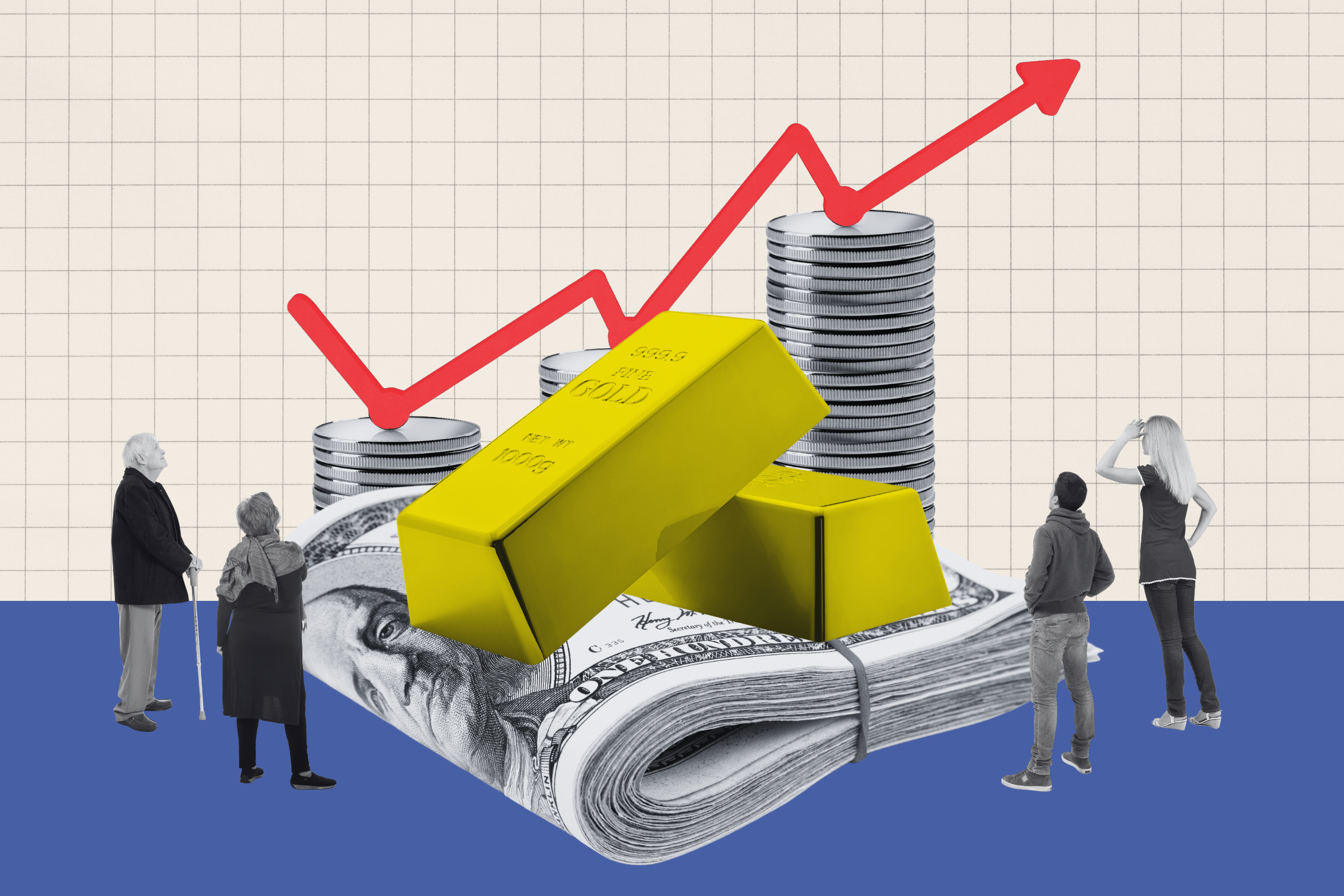Gold prices are on the rise, with predictions suggesting that it could reach $3,000 by the end of 2024 or even sooner. As of October 3, the price sits at $2,642.45, reflecting a significant 45.93% increase over the past year and a 6.58% uptick in just the last month.
Several factors contribute to this surge, including decreased interest rates from the Federal Reserve, a fresh wave of investor interest, and ongoing geopolitical tensions, particularly in the Middle East. Gold is often seen as a safe-haven asset during such tumultuous times.
According to financial analysts, ongoing conflicts, like the war in Ukraine and rising tensions in the Middle East, tend to push investors towards gold. Martin points out that historical events, such as the Soviet invasion of Afghanistan in 1979, led to significant spikes in gold prices.

Market predictions are fueled further by the recent military actions in Israel, which Jones believes could push gold prices past the $3,000 mark if further escalations occur. The situation has led to an increase in buying from both individual investors and central banks, particularly from regions like China and India.
A notable report from Reuters highlights that the People’s Bank of China (PBOC) has consistently purchased gold for 18 months, boosting the value of its gold reserves to $182.98 billion by the end of August.

Additionally, many investors are holding onto their gold, further tightening supply and driving prices up. With persistent inflation and potential interest rate cuts on the horizon, analysts maintain a positive outlook for gold throughout 2024.
Experts like Duque believe that once gold hits the $3,000 mark, it is unlikely to dip below $2,000 again. The ongoing instability in the Middle East and Ukraine suggests that a significant drop in gold prices is improbable.
Jones concludes that any disruptions to oil production and transportation could trigger rapid inflation, making gold a valuable investment during these uncertain times.
